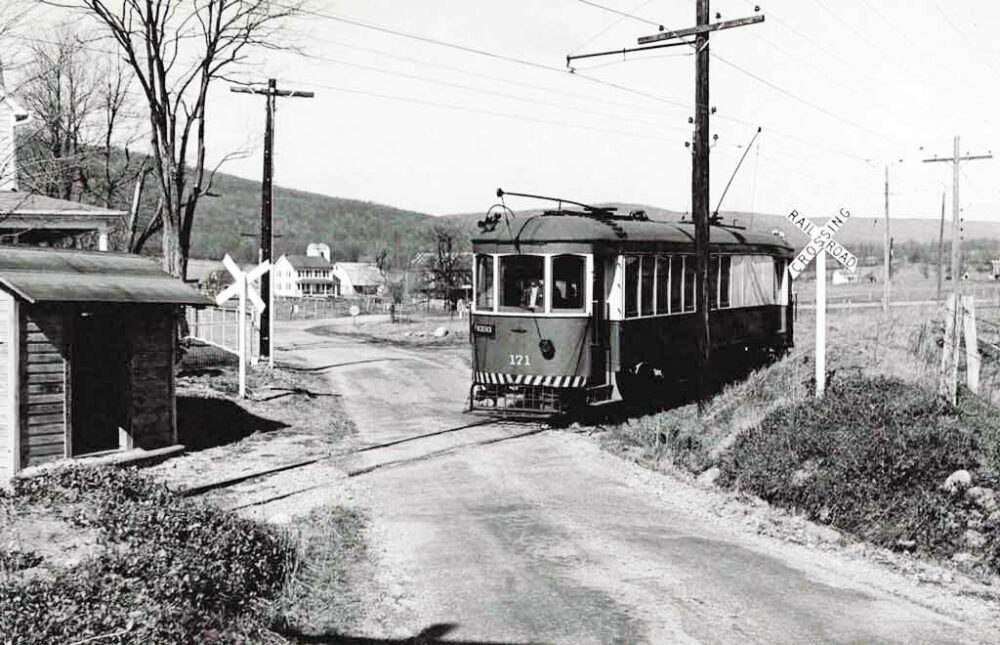Hunting a Killer Across the Country
by James Rada, Jr.
Note: This is the second of two articles about the murder of Leo Creager and the pursuit of his murderer.
While trying to escape from Frederick and the robberies they committed there on October 18, 1923, Clarence Wallace and George Williams rode the trolley to Thurmont, planning to take the Western Maryland Railroad to Baltimore. However, law enforcement was watching for them.
Dep. Sheriff C. W. Lidie arrested them, but Williams managed to escape, but not before shooting and killing Leo Creager, who had been trying to help Dep. Lidie catch the fleeing Williams.
Frederick County Sheriff Charles Klipp placed guards on the bridges over the Monocacy River to watch for Wallace. He hid in honeysuckle near the bridge and saw the guards. Wallace supposedly evaded them by swimming and wading across the rivers and creeks so that the guards and other searchers wouldn’t see him. They didn’t realize this, though.
The next morning, the sheriff had two bloodhounds brought in from Virginia to track Wallace. They could find nothing. It was later learned that the posse had been close to him several times during that first day, and if the bloodhounds had been on the scene the first day, he probably would have been caught.
The Frederick County Commissioners offered a $1,000 reward for Williams’ capture, dead or alive.
Meanwhile, Wallace traveled at night so he was less likely to be seen, and walked more than 70 miles to Highlandtown on the east side of Baltimore City. He and Williams had rented rooms in a boarding house run by Mrs. Thomas J. Graft.
When Wallace reached the house, he met Florence Graft and asked her if she had read about Leo Creager’s murder in the newspapers. She told him she had, and she thought it was horrible. Wallace then admitted that he was the murderer.
“She informed him that she intended to tell the police at once, at which threat he drew a revolver and made her go upstairs and stay in the room with him while he shaved himself,” the Frederick Post reported. “While he was shaving, he had the revolver laying on the bureau in front of him, and told her he would use it if she uttered a word.”
He ate some food from the kitchen, gathered his things, and left. Graft called the police and told them what had happened. Police were able to identify Wallace through a watch he had left behind at the house and had pawned twice in the past. Baltimore Police tracked the address on the pawn ticket and verified that Clarence Wallace had been living at the house. Baltimore Police then circulated his picture.
He was originally from Waynesboro, Pennsylvania, but he had been living in Baltimore for work as a pipefitter. He had previously helped build one building on the Hood Campus and Thurmont High School. However, he had also served a term in Eastern Penitentiary in Philadelphia for robbery.
Wallace then disappeared for two months, but this did not mean the police stopped looking for him.
Police eventually traced Wallace to Santa Barbara, living under the name H.P. Dailey. However, they could not find him within the city. Finally, detectives mailed him a letter via general delivery and advertised it in the newspaper for several days. The detectives then staked out the post office when it was open and waited for Wallace to come for his letter.
When he did on December 15, the police confronted him as he left the post office. Wallace resisted arrested and tried to run. The police shot him three times, killing him.
His body was sent to Baltimore for identification, and justice finally came for Leo Creager’s murderer.


